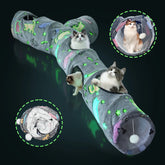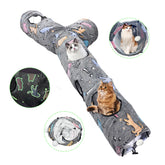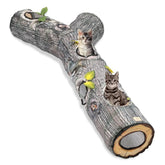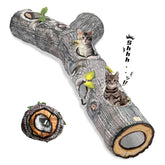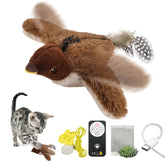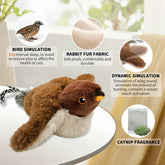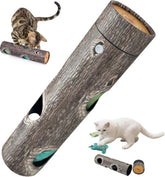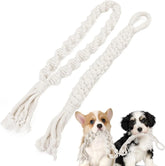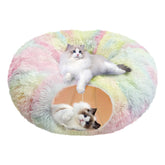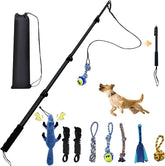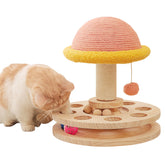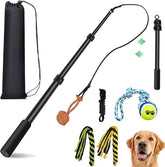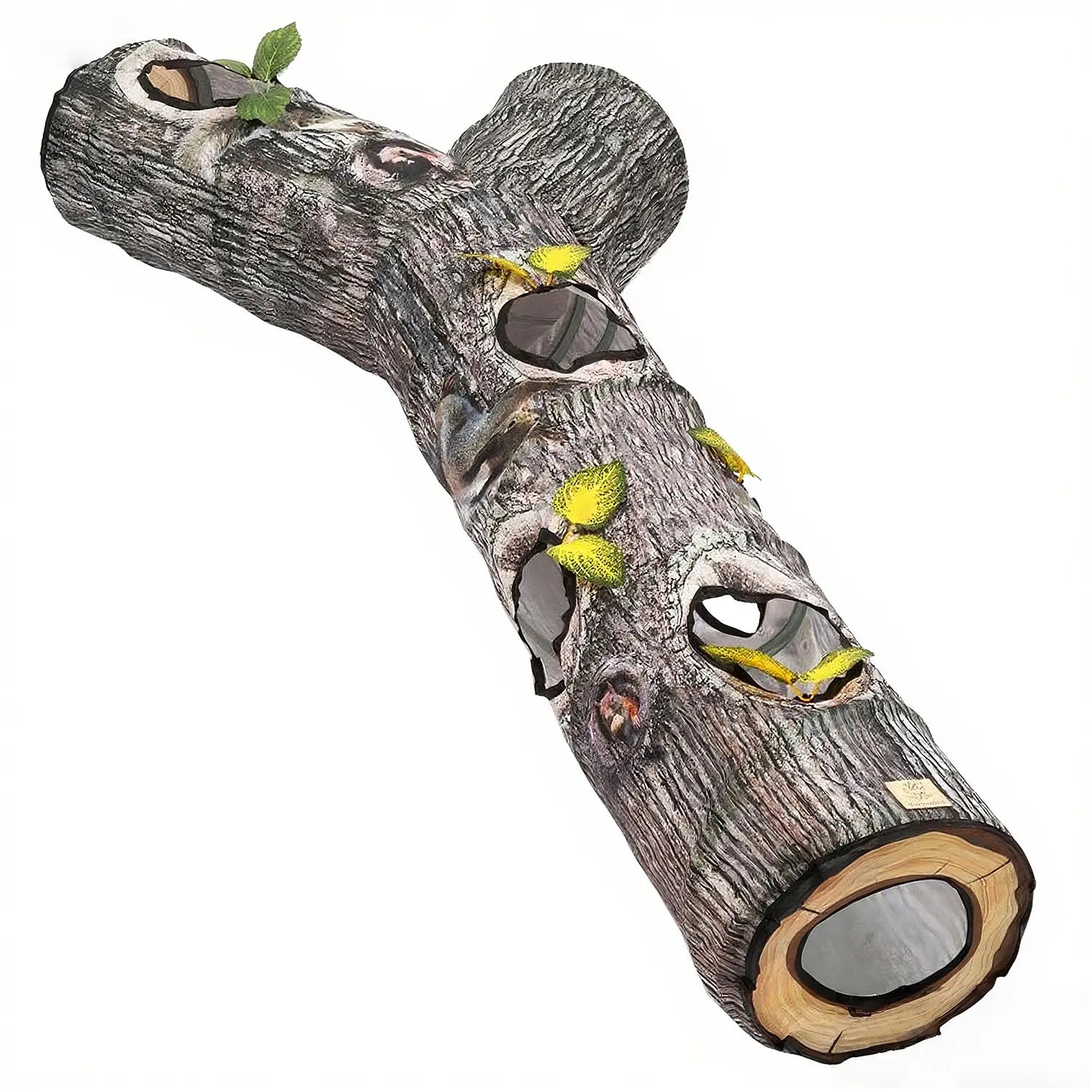The Purrfect Approach: A Science-Based Guide to Handling Your Cat With Confidence and Care
As cat owners, we've all faced those challenging moments: the struggle to get them into a carrier for vet visits, the difficulty of administering medication, or simply trying to groom a resistant feline. These experiences can be stressful for both you and your cat, often damaging the trust you've worked hard to build. The truth is, most handling challenges stem from a fundamental misunderstanding of feline nature and communication.
Understanding the Feline Perspective
Cats are not small dogs—they have unique evolutionary backgrounds and communication styles that demand a different approach. Descended from solitary hunters, cats are both predators and prey animals, making them highly sensitive to situations where they feel trapped or restrained.
Why many traditional handling methods fail:
-
Cats perceive direct eye contact as threatening
-
They feel vulnerable when approached from above (as by a predator)
-
Restraint triggers their panic response
-
They communicate stress in subtle ways we often miss
Reading Feline Body Language: The Foundation of Successful Handling
Before you even attempt to handle your cat, learn to read their emotional state:
Signs your cat is comfortable:
-
Relaxed posture with weight evenly distributed
-
Slow blinking eyes
-
Ears facing forward or slightly to the side
-
Tail held upright with a slight curve at the tip
Early warning signs of stress:
-
Ears flattened or rotated backward
-
Tail twitching or thumping
-
Dilated pupils
-
Skin rippling along the back
-
Attempts to move away or hide
The Cat-Friendly Handling Framework
1. Create a Supportive Environment
Set the stage for success by ensuring your cat feels secure in their environment:
-
Provide multiple elevated resting spots and hiding places
-
Maintain consistent routines for feeding and interaction
-
Use synthetic feline facial pheromones (Feliway) in areas where handling occurs
-
Choose quiet, familiar spaces for procedures rather than high-traffic areas
2. The Art of Approach
How you initiate contact sets the tone for the entire interaction:
-
Let your cat come to you rather than pursuing them
-
Approach from the side rather than head-on
-
Get down to their level rather than looming over them
-
Offer a finger to sniff before attempting to pet
-
Avoid direct eye contact—try slow blinking instead
3. Respectful Restraint Techniques
When restraint is necessary, use minimal force and maximum sensitivity:
-
Towel wrapping provides security without confrontation
-
For procedures requiring immobility, work quickly and release immediately
-
Never scruff adult cats (this technique is only appropriate for kittens)
-
Use positive reinforcement throughout the process
4. Common Handling Scenarios Made Easier
Veterinary Visits:
-
Get your cat comfortable with their carrier long before appointment day
-
Use pheromone sprays in the carrier 30 minutes before travel
-
Cover the carrier with a light towel to reduce visual stress
-
Ask your vet to use low-stress handling techniques
Nail Trimming:
-
Begin by simply handling paws during relaxed petting sessions
-
Associate nail clippers with high-value treats
-
Work quickly—trim one or two nails at a time if needed
-
Always end on a positive note with play or treats
Medication Administration:
-
Pill pockets and compound flavored medications can make the process easier
-
The "purrito" method (gentle towel wrapping) prevents scratching
-
Approach from the side rather than looming over your cat
-
Follow immediately with a favorite treat or activity
Building Long-Term Trust Through Daily Interactions
Successful handling isn't just about specific procedures—it's built through daily positive experiences:
Petting Preferences:
Most cats prefer being stroked around their facial glands (cheeks, under chin, base of ears) rather than along their body or tail. Watch for subtle signs of overstimulation like skin twitching or tail flicking.
Play as Foundation:
Regular interactive play sessions build trust and burn off nervous energy, making your cat more receptive to handling. Use wand toys to engage their natural hunting instincts.
Choice and Control:
Always allow your cat an "opt-out" option. If they move away, respect their decision rather than following or forcing interaction.
When to Seek Professional Help
Some cats may have deep-seated fear or past trauma that requires professional intervention. Consider consulting a certified cat behavior consultant or fear-free certified veterinarian if your cat:
-
Shows aggressive behavior during routine handling
-
Hides excessively and avoids all interaction
-
Has experienced trauma or neglect in their past
-
Doesn't respond to gradual desensitization efforts
The Rewards of Patience
Learning to handle your cat with sensitivity and respect transforms your relationship. The results are well worth the effort:
-
Reduced stress for both you and your cat during necessary procedures
-
Stronger bond based on trust rather than fear
-
More willing participation from your cat in their own care
-
Earlier detection of health issues through comfortable physical examination
Remember that building better handling skills is a journey, not a destination. Progress may be measured in small increments, but each positive interaction strengthens your bond and makes future handling easier. The goal isn't complete compliance—it's cooperative care based on mutual understanding and respect.
By learning to work with your cat's natural instincts rather than against them, you create a relationship that will reward you both for years to come.
